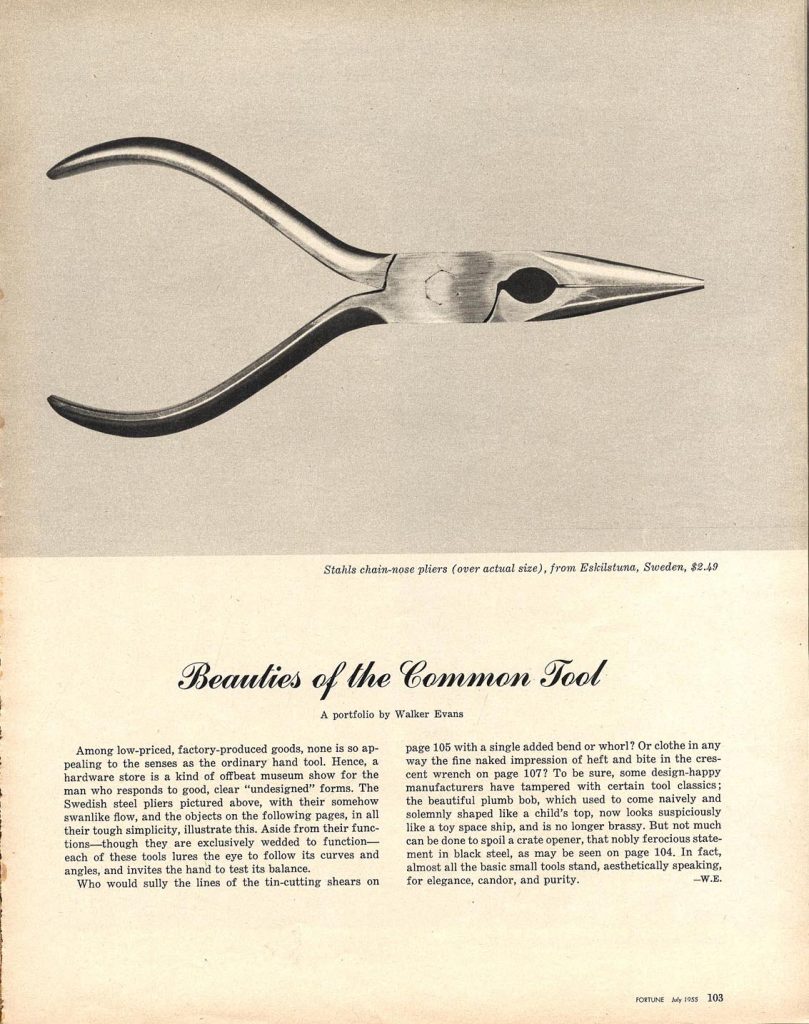After all of our photoshoots, editing and research, I collected my final images from this project.
Final Images

I used two point lighting to photograph this image, using a perspex infinity screen to create the reflections. I think that the focal point in this image is the orange and green rusted part of the subject, which I think is due to the vibrance and different textures in that part. The image is slightly underexposed to the left in the area of shadow – however I think this adds depth to the image. The tone in this image is lighter in the background and right side, and darker to the right.

The two images used to create this image were also taken with two point lighting, using an infinity curve. This helped to create the shadow along the bottom of the montage which I love – I put this montage together using photoshop. To the left, a part of the violin is underexposed, however I think this adds to the high contrasted effect of the image. The leading lines in this image lead the eye around the ropes, and across to the shadow next to the violin.
Darren Harvey Regan’s work – comparison


The lighting in this image is natural window lighting. This lighting creates interesting geometric shapes and shadow, creating a natural focal point. The lines within the window and bricks lead the eye from one edge of the image to the other, with the underexposure to the right creating framing, and helping to balance the composition.



The lighting was natural in the image. The image is more highly saturated in the detail on the cups, with increased temperature here too. This image uses the rule of thirds well, adding structure to the composition. I believe that the focal point in this image is the middle jug. – the detail on the jug attracts the eye.





The focal point in this image is the centre – the flowers, watch and jewellery – these items link further to the ideas of materialism, life and time, which link to the works of Tavormina. The leading lines in the image take the eye from the top left hand corner, over the top of the flowers and down to the bottom right. The foreground is slightly blurred, shifting the focus to the items in the background and centre. There is also slight vignette in the image, in the corners – these underexposed areas frame the brighter images nicely.
Paulette Tavormina’s work – comparison


This image uses the rule of thirds – the left and right objects fit perfectly, as well as the split between both images directing the middle third. I used two point lighting to photograph each image – creating shadow and light on each side differently. The right is slightly higher saturated, with the violin becoming the focal point due to its bright orange colour. There is underexposure to the left, inside the metal box, however this contrasts nicely with the stark whiteness of the jug.

The tones in this image are light, except from the darker ones in the window pane – this darkness creates a contrast with the lighter background. This window pane becomes a natural focal point because of this contrast. The eye is also drawn to the reflections at the bottom of the image.


















































































































